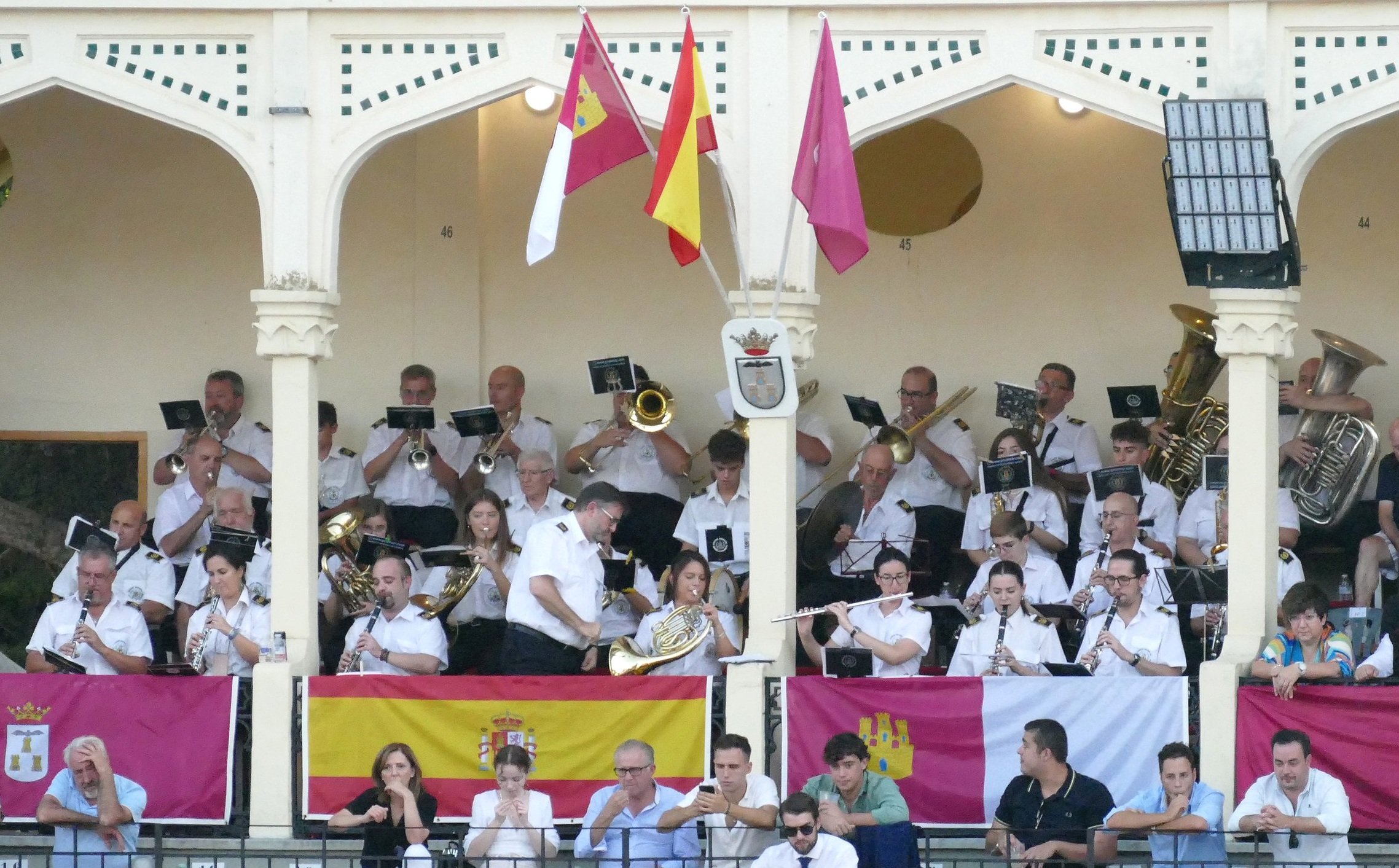Congruity - bullfighting and music
The band at Albacete
Bilbao’s ayuntamiento, in an overdue reply to a question from La Asociación El Toro de Bilbao as to why the Municipal Band hadn’t taken up its traditional spot in the bullring for the 2023 Corridas Generales, said recently that, “We consider that the Band’s participation in bullfights is totally incongruous with how a modern, professional musical group should operate.”
It’s an astonishing statement considering bullfighting and music have long had a symbiosis. Bullrings’ official bands normally play at the beginning and end of bullfights and at times of great artistry in the arena. Indeed, one form of music closely associated with Spain, the paso doble, is closely associated with bullfighting, forming the most usual accompaniment to successful faenas.
The origins of the paso doble are somewhat mysterious. Spain has paso doble scores dating back to 1780 and the tunes were incorporated into comedies and adopted as a regulatory step for the Spanish infantry before being introduced into bullfights in the 19th century. (The bullfight-based paso doble dance came later on, believed to have emerged from southern French culture during the 1930s, although there are claims that an earlier form of paso doble dance was popular on the Basque coast in 1914.) The military paso doble was created as, and maintains its role as, an infantry march, while taurine paso dobles are slower and more dramatic and are frequently composed to honour outstanding bullfighters.
But paso dobles are not the only music played at bullfights, as spectators at bullfights in France will well know. In that country, official bands are often the size of orchestras and classical music is played too, while unofficial peña bands will belt out jazz or popular tunes in between each lidia. And, of course, there is crossover between bullfight music and classical music, Bizet’s opera ‘Carmen’ being the most notable example.
Although the bullfight and music are both a celebration of life, in most cases, the music will act as a mere background to what is going on down on the sand. A band’s playing getting more attention from spectators than a matador’s efforts is a poor indication of the latter’s performance. Similarly, a matador who pays more attention to the music being played during his faena than the bull in front of him (as was sometimes alleged about Enrique Ponce, who had a particular liking for toreando along to Ennio Morricone’s theme from ‘The Mission’) is to be deplored.
Bilbao’s Municipal Band played no part in this year’s Corridas Generales either. Given the regular timing of the feria (which refutes the ayuntamiento’s other excuse that the Band had “commitments and concerts confirmed well in advance and was not able to take on more workload”), the history of bullfighting and music, and the fact that both remain important elements of Spanish culture, the statement by the ayuntamiento can be seen to be no more than snobbish, anti-bullfighting sentiment from a town council with an agenda that is uninterested in representing all of its citizens.
